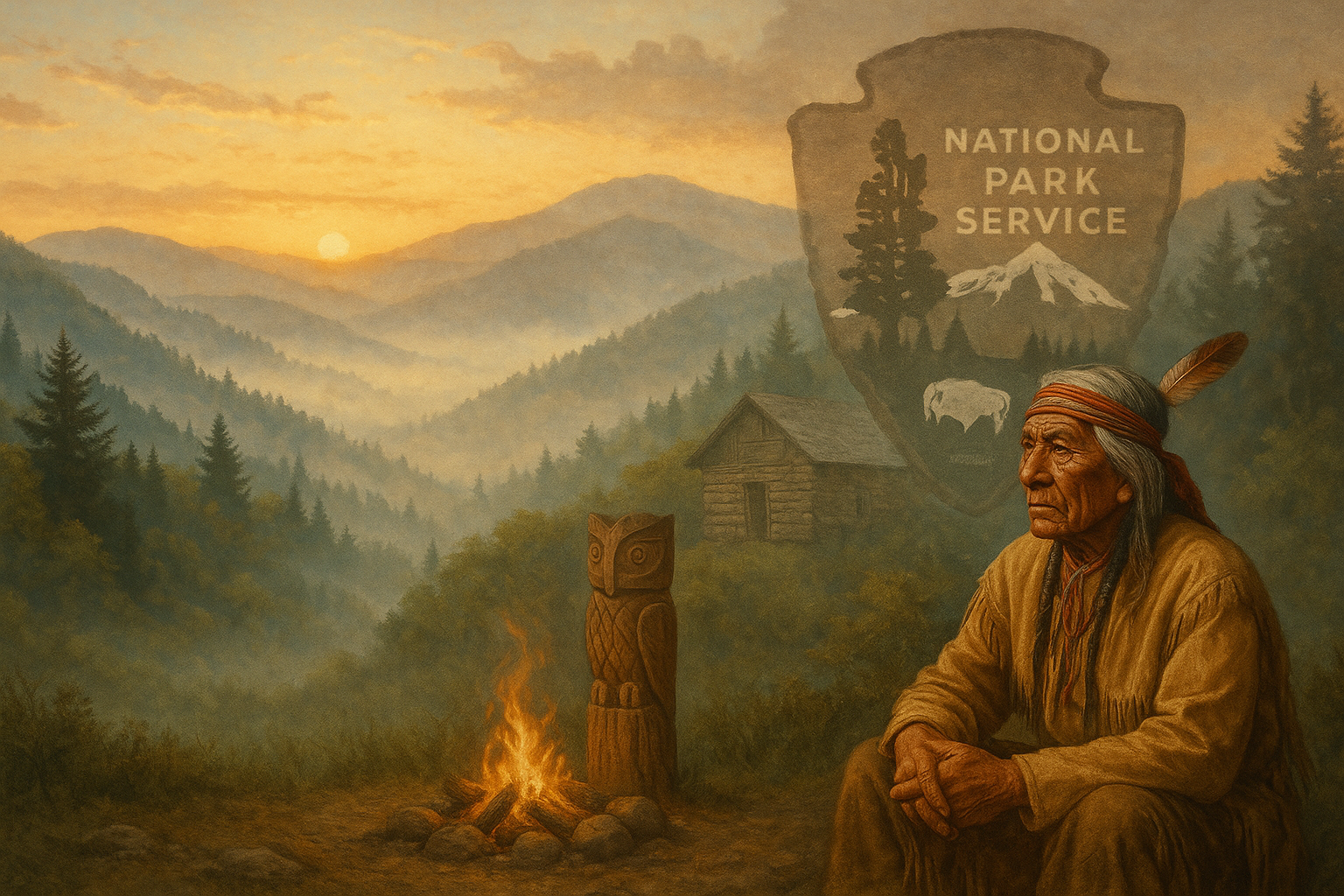
Title: Unfolding Winter Adventures: Essential Tips for Hiking the Smoky Mountains
The Smoky Mountains stand resplendent in winter, offering unmatched views of thriving wildlife amidst a snow-kissed landscape. As the crisp air fills your lungs, regardless if you are an experienced trailblazer or a recreational adventurer, the magnificence of the Smoky Mountains in the winter is a sight worth braving the chill.
However, with winter’s beauty also comes unique challenges, so here are some essential tips to make your hiking journey in the Smoky Mountains a safe, enjoyable, and unforgivable experience.
1. Safety First: Prepare for the Unexpected Weather
Weather in the Smoky Mountains is notoriously unpredictable, especially during winter. Ensure that you check local weather forecasts but also prepare for sudden changes. It’s not uncommon to start the day with clear, sunny weather and end up in a snow flurry. Your winter gear should be versatile. Carry waterproof, insulating layers, gloves, hats, and wear sturdy waterproof boots to withstand slow and cold conditions.
2. Navigating Smoky Mountains: Map your Hike
The most popular routes, such as Laurel Falls or Alum Cave, are well-marked, making it easier to stay on track. Even so, having a map (and knowing how to read it) is a necessity. Winter conditions can obscure trail markers, making it easy to lose your way. Be sure to download maps or carry printed ones, as GPS and mobile signals can be unreliable in the mountains.
3. Know Your Limits: Opt for Shorter Hikes
Remember, winter days are shorter, and low temperatures can increase your fatigue. While challenging the Appalachian Trail might be tempting, consider opting for brisk, less demanding hikes that you can comfortably complete before sundown. Trillium Gap Trail to Grotto Falls or Abrams Falls via Little River Trail are excellent choices, offering breathtaking views without demanding excessive exertion from you.
4. Run, Don’t Slide: Watch Your Step
Navigating icy trails is tricky. Changing temperature throughout the day can cause the trails to freeze, posing a risk of falls. Use trekking poles for stability, and consider using traction devices such as microspikes or crampons over your boots. Remember, going downhill on icy paths is more precarious, so tread carefully.
5. Keep It Light: Pack Wisely
While you need to carry plenty of warm clothing, it’s also important to keep your backpack manageable. Unnecessary weight will only tire you faster. Apart from clothing and maps, pack high-energy snacks, water, first-aid kits, a reliable light source, and emergency blanket/sleeping bag. Don’t forget a camera to capture the alluring winter landforms, animals in their winter coats, or snow-laden pine forests!
6. Protect the Mountain: Respect the Trail Rules
The Smoky Mountains are a unique ecological haven, and preserving it is a shared responsibility. Stick to the trail markings, avoid littering and respect the wildlife. It’s important to note that some trails get closed during winter for safety reasons or to protect the park’s wildlife—the local authorities will have the most updated information.
7. Have a Back-Up: Emergency Plan
Despite all preparations, accidents or unexpected weather changes can happen. Inform someone about your hiking plan (route, return time) before you set out. Carry emergency whistles, a means to start a fire, space blankets for warmth, and consider investing in a GPS beacon for the worst-case scenario.
Conclusion: Embrace the Winter Wonderland
Hiking in the Smoky Mountains during winter is not just about conquering mountain trails. It’s about witnessing the serene beauty of the mountains, the stillness of somber trees, and the soft crunch of snow underfoot—a unique experience that only winter can provide.
Remember, every step carries you deeper into a world few get to see, a world that’s peaceful, quiet, and full of awe. So pack your winter gear, chart your trails, and get ready to enjoy a hike that you’ll relive for years to come.
Your Smoky Mountains winter hike adventure starts now! Safe travels.
